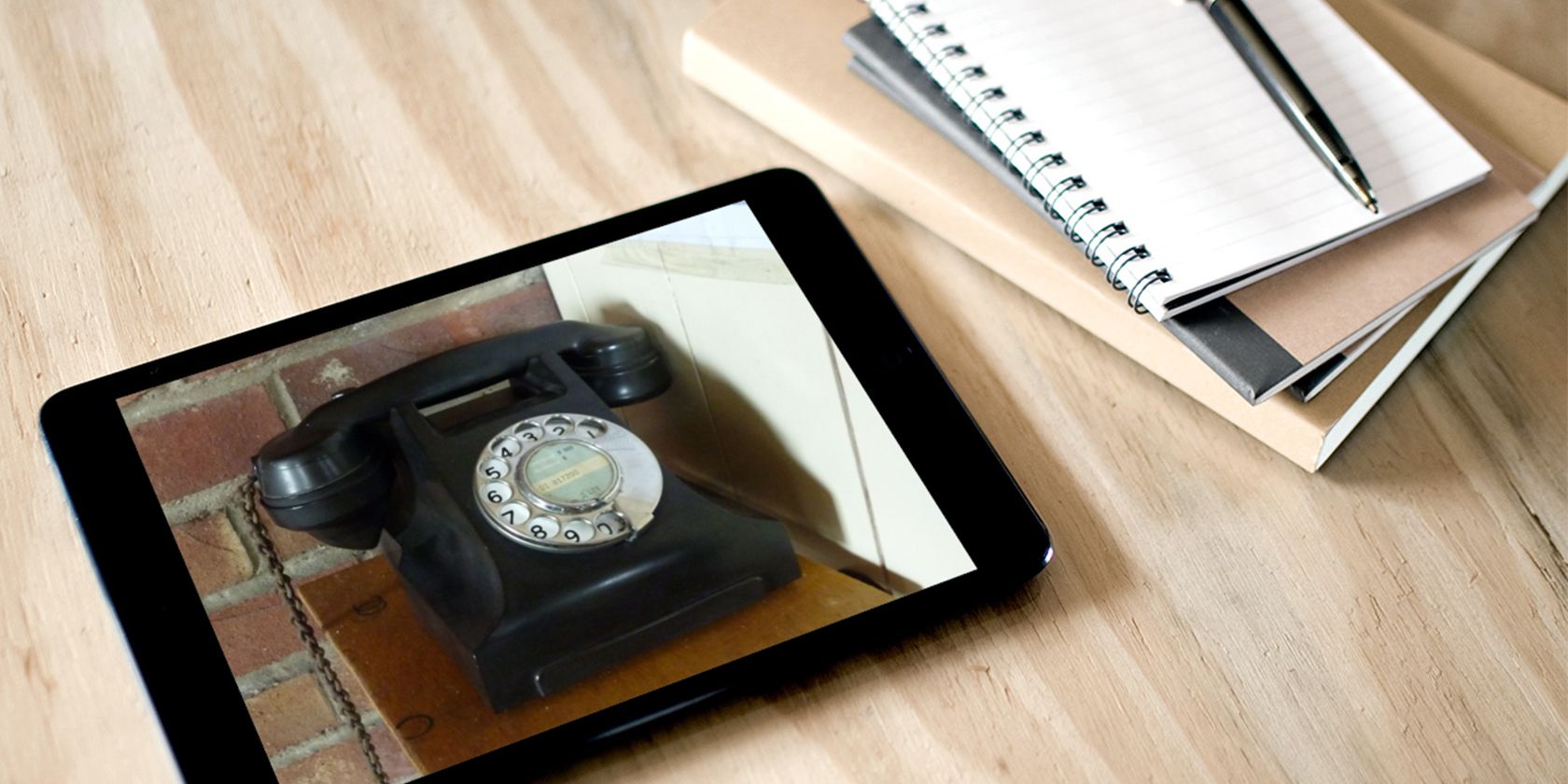
Source: Makeuseof.com
Prerequisites
Before starting, ensure your Android tablet connects to a stable Wi-Fi network. Wi-Fi calling is a common method for making phone calls on tablets without cellular capabilities. If your tablet has cellular capabilities, check if your carrier supports Wi-Fi calling and if your plan includes it.
Step 1: Check for Wi-Fi Calling Support
Connect to Wi-Fi
- Open the Settings app.
- Select "Wi-Fi."
- Choose your network from the list of available networks.
Check Carrier Support
- Visit your carrier's website.
- Contact customer service to confirm if they offer Wi-Fi calling.
Enable Wi-Fi Calling
- Open the Settings app.
- Go to "Connections" or "Networks & Internet."
- Select "Wi-Fi Calling" and enable it.
Step 2: Enable Google Duo or Google Voice
Google Duo
- Download and install Google Duo from the Google Play Store.
- Open Google Duo and sign in with your Google account.
- Tap on the person you want to call from your contacts list. If they are not in your contacts, search for them by name or phone number.
Google Voice
- Set up Google Voice by visiting the Google Voice website and following the prompts.
- Link your phone number to Google Voice.
- Open the app and dial the number you want to call.
Step 3: Use Third-Party Apps
Skype
- Download and install Skype from the Google Play Store.
- Sign in with your Skype account or create a new one.
- Tap on the person you want to call from your contacts list or search for them by name or phone number.
- Download and install WhatsApp from the Google Play Store.
- Sign in with your WhatsApp account.
- Tap on the person you want to call from your contacts list or search for them by name or phone number.
Step 4: Use Your Tablet's Built-in Dialer App
If your tablet has cellular capabilities and supports Wi-Fi calling, use the built-in dialer app to make calls.
- Open the dialer app on your tablet.
- Enter the phone number you want to call using the keypad.
- Tap the "Call" button to initiate the call.
Additional Tips
- Check Compatibility: Verify your tablet's compatibility with Wi-Fi calling by checking its specifications or contacting your carrier.
- Data Requirements: Ensure a stable internet connection for Wi-Fi calling, either through a reliable data plan or Wi-Fi network.
- Call Quality: Call quality can vary depending on the strength of your internet connection and network congestion.
Troubleshooting
If you encounter issues while trying to make phone calls on your Android tablet, try these common troubleshooting steps:
- Restart your tablet to resolve connectivity issues.
- Ensure your Wi-Fi signal is strong enough to support voice calls.
- Verify that Wi-Fi calling is enabled in your carrier settings and that you have the necessary permissions.
- Update all relevant apps (like Google Duo or Skype) to the latest version.
